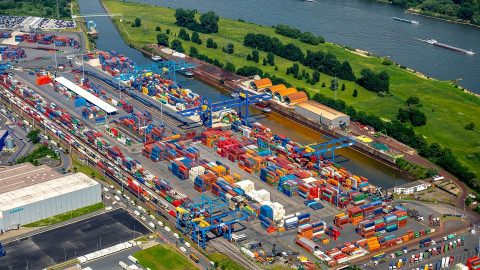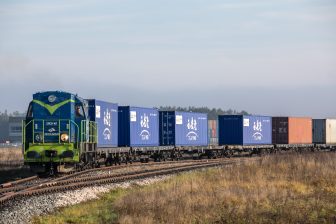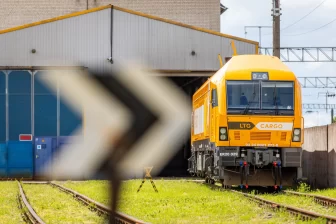
COSCO withdraws from Duisburg Gateway Terminal
Image: Duisport
COSCO has sold its shares in the Duisburg Gateway Terminal (DGT) to the Duisport, the operator of the port of Duisburg. COSCO’s share in the terminal amounted to 30 per cent. As of now, the two sides did not disclose the reasons behind COSCO’s exit. The port of Duisburg plays an important role in Chinese trade in Europe, with over 30 daily trains coming from the New Silk Road.
Do you want to read the full article?
Thank you for visiting RailFreight.com. Become a member of RailFreight Premium and get full access to all our premium content.
Are you already a member?
Having problems logging in? Call +31(0)10 280 1000 or send an email to customerdesk@promedia.nl.




